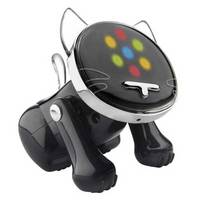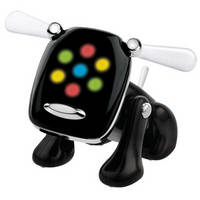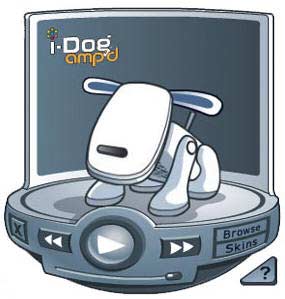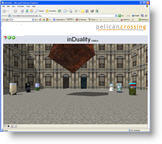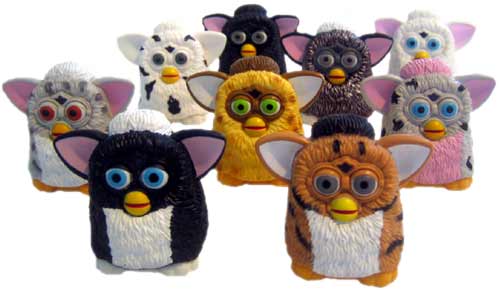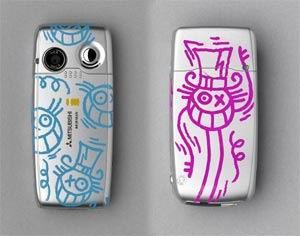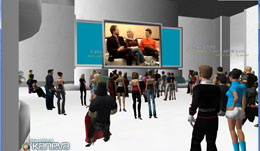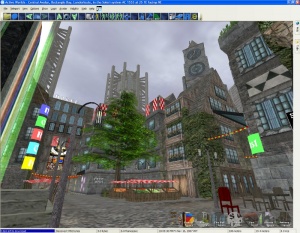
ActiveWorlds
Activeworlds Inc., headquartered in Newburyport, Massachusetts, provides software products and online services that permit users to enter, move about and interact with others in a computer generated, 3D virtual environment using the Internet. A 3D virtual environment enables users to move in three dimensions and to create objects and structures which other users can see and move in real time.
The “Active Worlds Browser” runs on Windows and Linux. Active Worlds has two ways of entering its universe: as a free tourist or as a paid citizen. Tourist mode is Active Worlds’ version of a free account with several limitations. You can pay for a citizen for the price of $6.95/month or $69.95/year.
On June 28, 1995 AlphaWorld was renamed Active Worlds and officially launched as version 1.0. On June 16, 2008, Activeworlds, Inc. released the first major update to the browser in two years, version 4.2. The update was considered smooth and painless, being completed in a matter of only fifteen minutes, compared to the several days of version 4.1’s initial upgrade in 2006. Version 4.2 includes an enhanced graphics engine, captured web pages on objects, and, most notably, customizable avatars on a scale more complex than that of Second Life.
In 2008, Alphaworld is 429,025 km2 large, has more than 360.000 paid citizens, more than 200 million objects, more than 100 shops selling a wide variety of products and more than 1000 unique worlds to explore

